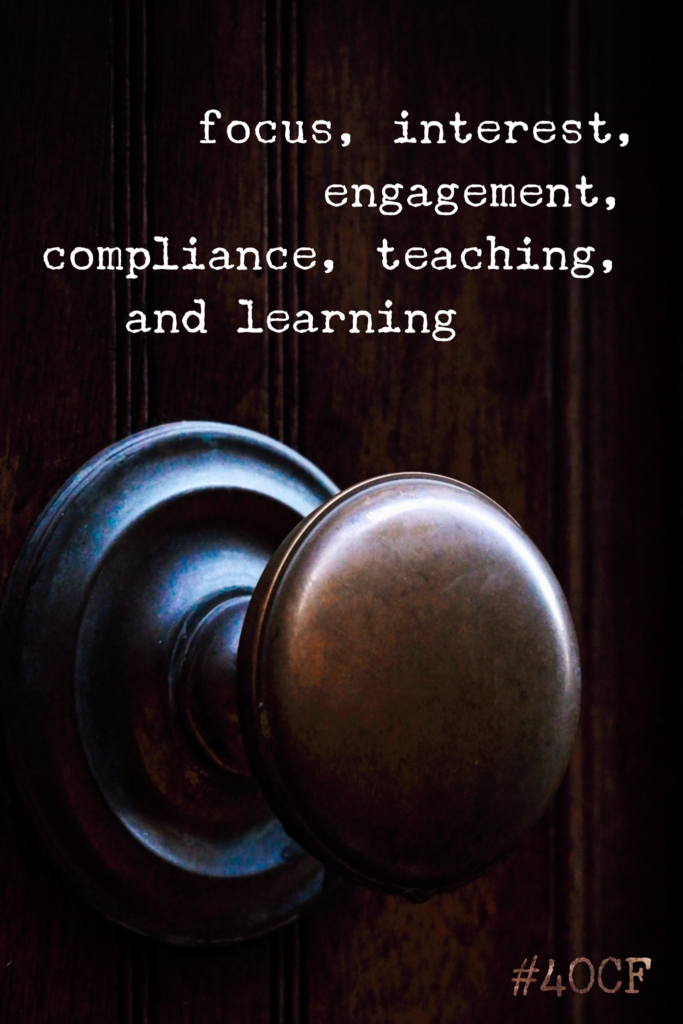I recently met with my son’s 4th grade teacher for a parent teacher conference. One of the questions that I ask of his teacher every year is how well focused or engaged he is. The report this year was a good one. He seems to be focused and engaged on the work he is being presented.
This isn’t always the case. While I hope that last year was an anomaly, there was a day, as I sat at the kitchen table with him working remotely on a math lesson. I looked at my own screen to send an email, and when I looked up about 15 minutes later he was gone.
When I found him, he was in the process of replacing a broken knob on one of our doors. I wasn’t sure that he knew how to do this, but a quick YouTube tutorial had him well on his way. When checking his work after he was finished, I noticed two things. He had probably done a better and more efficient job than I would have. He had also left math class mid lesson and not completed his assignment.
When I asked him why he chose to walk away from the math lesson, he had given two explanations. He already knew how to solve the problems he was being asked to solve, and he was also more interested in working on the door.
Now I know that remote learning directly led to this example. If he were in school, he would have had no choice but to sit through the lesson and comply. He wouldn’t have the option of leaving mid-lesson to work on a home improvement project.
It does, however, make me think deeply about the intersection of focus, interest, engagement, compliance, teaching, and learning.
Which one doesn’t belong?
Unfortunately, compliance is a big part of what we look for every day in our classrooms. We ask students to engage in the work we assign simply because they are supposed to.
And if we didn’t assign work, what would students engage in?
It’s an interesting question, and one that we should explore more often.
Even if it means that someone will go and fix a door knob.
Rich




